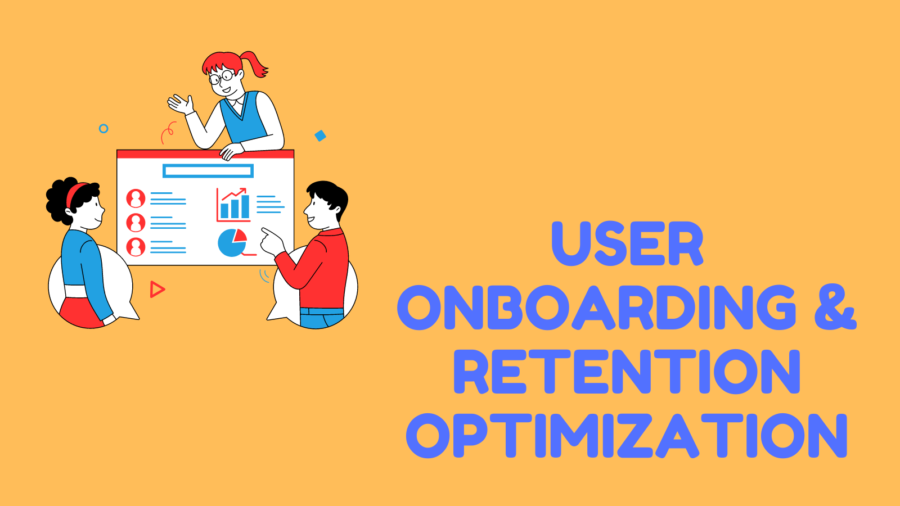Acquiring new users is just the first step. The real challenge lies in keeping those users engaged and satisfied over time. This is where the power of product analytics comes into play. By harnessing the insights provided by product analytics, businesses can fine-tune their user onboarding and retention strategies, resulting in enhanced customer satisfaction and sustainable growth.
Understanding User Onboarding and Retention
User onboarding refers to the process by which new users are introduced to a product or service and guided through its features and functionalities. A successful onboarding experience ensures that users quickly grasp how to use the product effectively, minimizing frustration and abandonment. On the other hand, user retention focuses on keeping existing users engaged and preventing them from churning – discontinuing their use of the product.
The Role of Product Analytics
Product analytics involves the collection, measurement, and analysis of user data to gain insights into how users interact with a product. This data-driven approach provides valuable information about user behavior, preferences, pain points, and patterns, all of which are crucial for optimizing onboarding and retention strategies.
Key Benefits of Using Product Analytics
- Data-Driven Decision Making: Instead of relying on assumptions, businesses can make informed decisions based on actual user data. This reduces the risk of implementing ineffective strategies.
- Personalized Onboarding: Product analytics enables the segmentation of users based on behavior and characteristics. This allows for tailored onboarding experiences that resonate with different user groups.
- Identifying Bottlenecks: Through analytics, businesses can identify where users drop off during onboarding or encounter difficulties. This insight helps in streamlining the process and improving user flow.
- Iterative Improvement: Product analytics facilitates continuous improvement by tracking the impact of changes made to the onboarding process. This iterative approach leads to optimized strategies over time.
- Predictive Insights: By analyzing historical data, product analytics can offer insights into potential retention challenges, enabling proactive measures to retain users.
Implementing Analytics-Driven Strategies
- User Funnel Analysis: Track users’ progression through various stages of onboarding. Identify points of friction and work on reducing them to improve the overall experience.
- Segmentation: Categorize users based on demographics, behavior, or engagement level. Tailor onboarding messages and resources to cater to the specific needs of each segment.
- A/B Testing: Experiment with different onboarding approaches and measure their impact on user retention. Product analytics can help identify which strategies are more effective.
- User Surveys: Combine quantitative analytics with qualitative insights through user surveys. This provides a holistic understanding of user perceptions and pain points.
- Churn Prediction: Leverage predictive analytics to identify users at risk of churning. Implement targeted interventions to retain these users before they abandon the product.
Conclusion
Incorporating product analytics into user onboarding and retention strategies can make a significant difference in the success of a digital product. By understanding user behavior, preferences, and pain points, businesses can optimize their onboarding processes and keep users engaged, ultimately leading to higher customer satisfaction, improved retention rates, and sustainable growth. Embrace the power of data-driven insights and unlock the full potential of your user onboarding and retention efforts.


